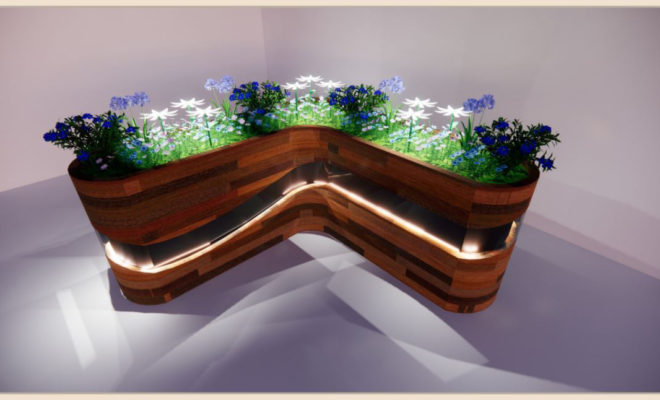
Education
Education Matters: New Design Major at Ringling College of Art + Design
By Ryan G. Van Cleave
March 2021
While each of the thirteen majors offered at Ringling College clearly deals with the world of design, the latest incarnation of design education is happening in Entertainment Design, their newest major, which began in 2019. To learn more about design and this new major, I spoke with its inaugural faculty member, Jamie DeRuyter, as well as Chelsea Bruner, a Liberal Arts faculty member who teaches classes in that major, too.
Before we talk about the major, let’s talk design in general. What’s the big deal? Why should regular folks care about it?
JD: Design is everywhere. Everything has been designed. Not just stuff, but experiences, too! We all take design for granted but stop and think about the design of anything that’s in front of you right now. That coffee cup? That iPhone? That car? People thought about YOU when they were designing those things. How are you going to pick it up? How do you interact with it? How does it make you feel in your hand?
When it comes to experiences—as a guest, concert goer, customer, patient—it has to be good! You want that show to make you laugh. You want the music to make you dance. You want that surgery to go well and your recovery to be successful and comfortable. We all need designers to make our stuff—and our experiences—to be amazing!
CB: I can’t say it any better than that! Everything is designed. Everything. We are surrounded by it. And something can be designed well, or poorly. We’ve all had the unfortunate experience of something that didn’t work right, or didn’t feel right. Or maybe it was a bad customer experience in a store, or getting lost at the airport because the signage and wayfinding systems weren’t clear. Good design matters. It makes our lives better whether we realize it or not.
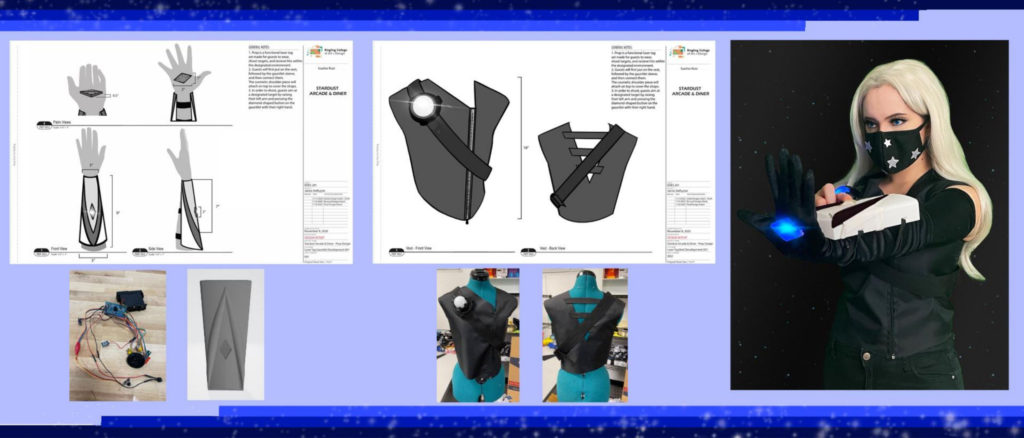
What’s the most common misconception about design?
JD: That it’s window dressing. That it’s making something merely look good versus be actually be good in the way that really matter.
I sometimes her about the term “design thinking.” What’s that?
CB: Put simply, Design Thinking is a framework for creative problem solving. As a methodology, it’s often described as a process with certain steps that are worked through to arrive at a solution. But more than a linear progression, it’s really a mindset: it’s about putting the user (or “guest” as we refer to them) first, and continually engaging them in the problem-solving process, so that whatever the final deliverable is—be it a product, service, or experience—it truly resonates. We rarely design for ourselves, so engaging users and understanding their point of view is essential. This is especially true in Entertainment Design: delivering on guest experience is arguably the most crucial aspect, so approaching design from the standpoint of the guest is key.
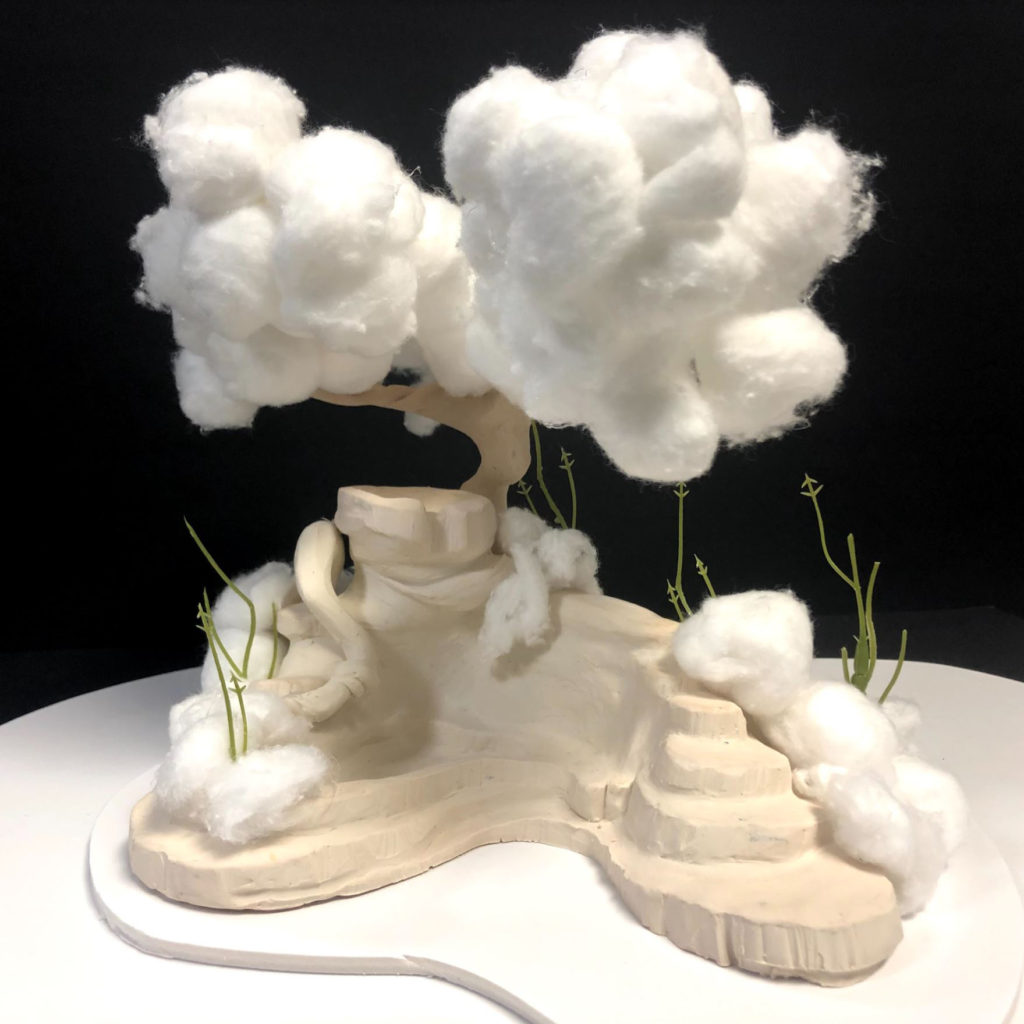
What’s the relationship between design and creativity?
CB: The two are inseparable. Design is all about problem solving: it has a purpose, it has to function—to work—in spite all of the constraints real-world projects impose, such as time, money, space, feasibility. This is especially true in the world of Entertainment Design. These projects are often huge, costly, and time-consuming. Hundreds if not thousands of people are involved to realize something so complex. So, all of those constraints and the practicalities imposed by the real world require an enormous amount of creativity to address.
It sounds like there’s maybe more to design than most realize. In all your experience with the world of design, what has most surprised you?
JD: For one thing, every project is unique; different stories, various media, challenging technical problems. This diversity in projects keeps things fresh and exciting. Being a creative professional means enjoying the process. You can’t spend your career living for opening day or launch day.
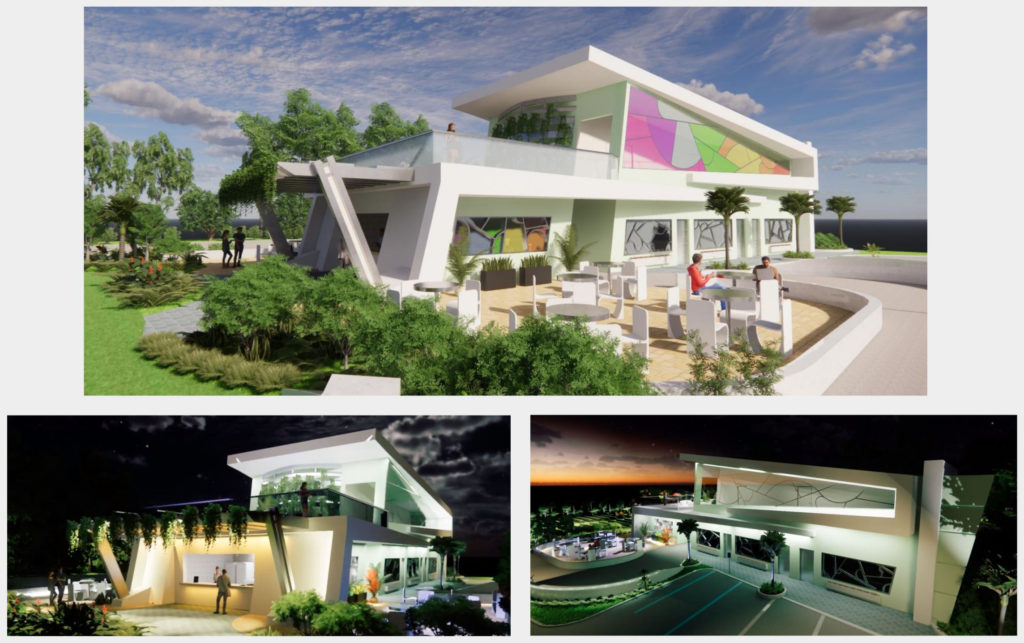
For another thing, there’s that fleeting moment when the thing you’ve been working on for a year is about to go live…it works….people love it…YAY!!! Then, it’s over. Or maybe the experience lives on for a few years. If you’re lucky, something you create lives forever! But while you’re here, working on it, you have to embrace the process and love it. Entertainment Design projects are fun to create. They make me WANT to go to work every day!
That’s surely a plus!
JD: The themed entertainment industry is all about people. And it’s been incredibly rewarding and motivating to work with so many talented and diverse artists and designers. This plays into also wanting to go to work every day. Great collaborators make the process of creation a joy.
CB: Similarly, I’ve been surprised by the uniqueness of every project, but also by the complexity. This is especially true for any sort of environment design, and I’m not sure how well understood that is outside of the field. It takes an army of people with all different kinds of expertise working concertedly—sometimes for years—to realize a project. It really is a labor of love and, yes, you do have to enjoy the process. At the same time, there’s nothing more rewarding than seeing something that started as a crazy idea or a doodle on a piece of paper come to life. There’s nothing like it.
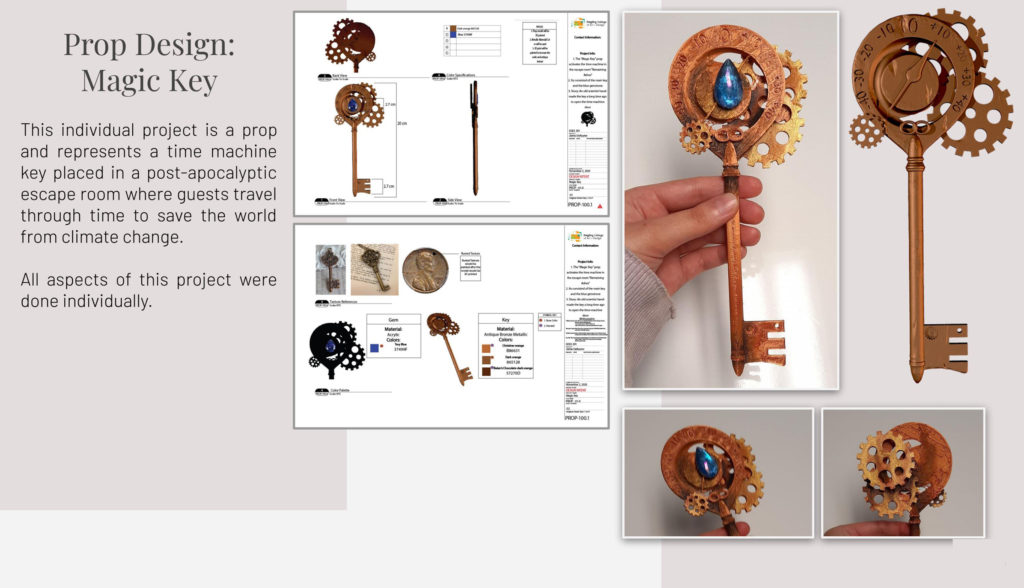
Okay, I’m convinced—design DOES matter. But what about the new major? What is it, and why does it belong at Ringling College?
JD: Our Entertainment Design degree teaches students to collaborate with artists, designers, and other creatives to bring stories to life. They develop the visual communication skills of an artist and the problem-solving skills of a designer. With a focus on the built environment, artistic and technical skills are applied to project designs for theme parks, museums, exhibitions, concerts, sporting events, expos, hotels, restaurants, retail spaces, and more for an industry that’s expanding worldwide.
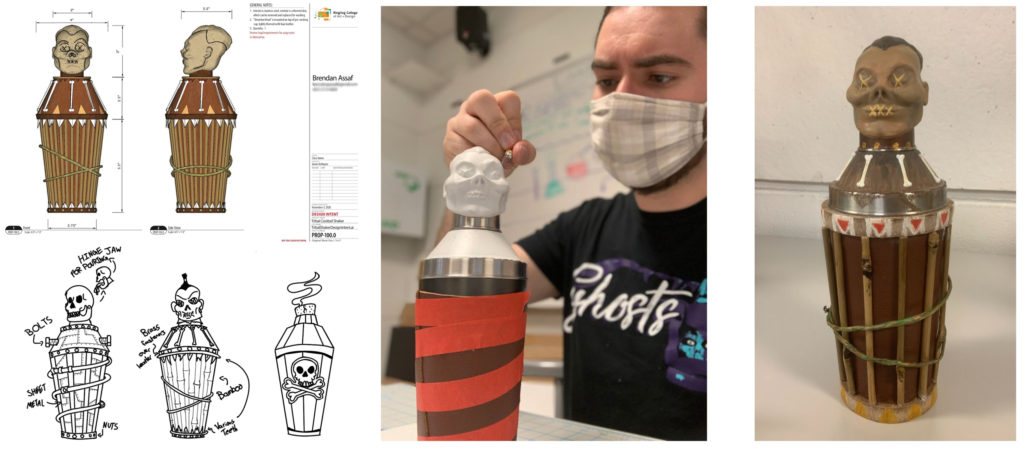
In a single sentence, what is the major about?
CB: Themed Entertainment Design is where stories are translated into experiences.
How does the “entertainment” part play into it?
JD: Our friend Nicole recently asked us, “How can Entertainment Design make the world a better place?’’ I haven’t stopped thinking about that since. We all know entertainment is fun. Certainly that’s mostly it’s intent…to amuse.
It CAN be so much more!
It CAN make the world a better place!
It CAN bring us together!
It CAN teach our children lessons!
It CAN help us cope with all that life throws at us!
It CAN carry on our legacies and stories!
It CAN make our lives more rich and fulfilled!
If someone wants firsthand experience with Entertainment Design, where might they go to really appreciate the range and power of it?
CB: Obviously, the parks are great examples—Disney and all the others—but there are tons of immersive experiences like Van Gogh Alive, a multisensory art event which was just at The Dalí Museum.
JD: Go to the Tampa Bay History Center or a sporting event like the Super Bowl. Go see a show at the Asolo Repertory Theater. And while we hope nobody has to ever visit a children’s hospital, if families need to…why not make it an educational, immersive experience like the Exploratorium at Wolfson Children’s Hospital in Jacksonville?
Thanks so much, Jamie and Chelsea! Best of luck with the new major!




You must be logged in to post a comment Login